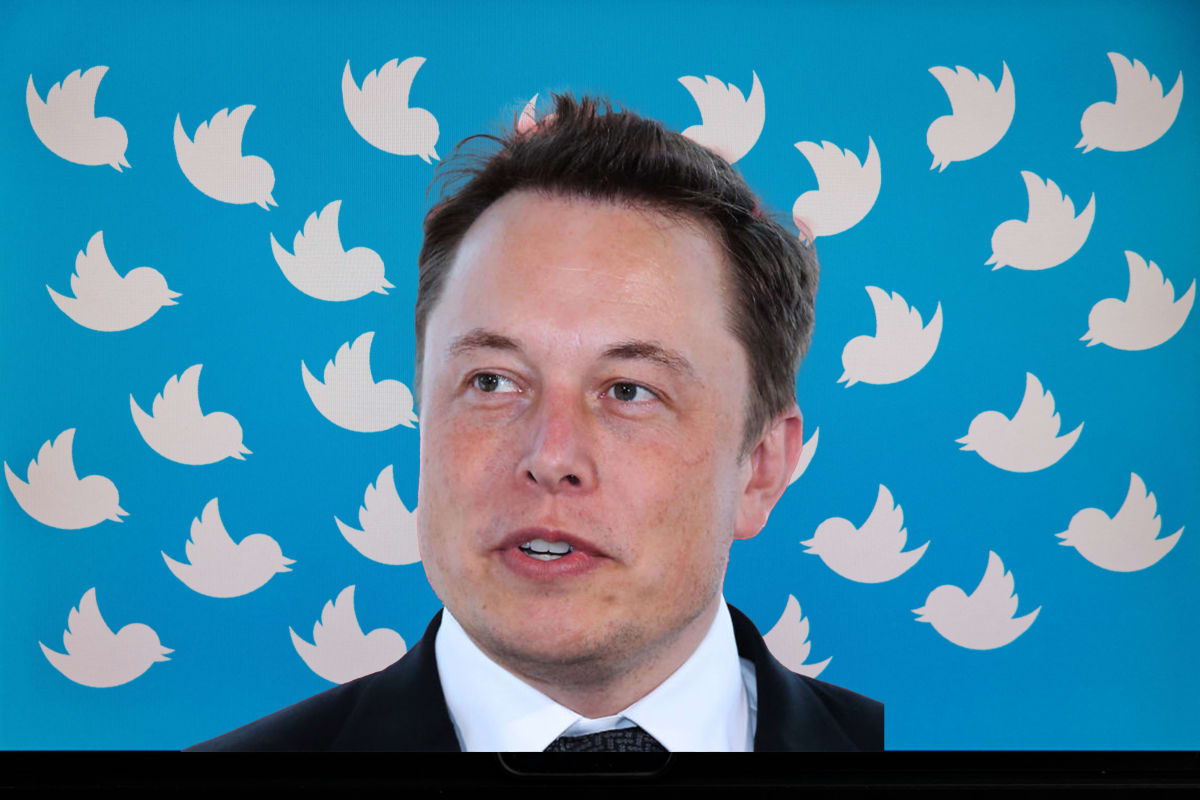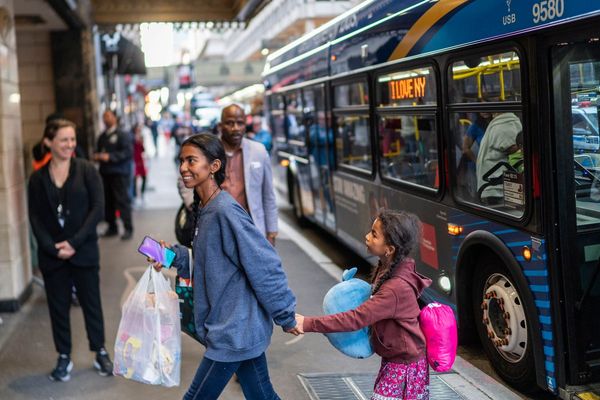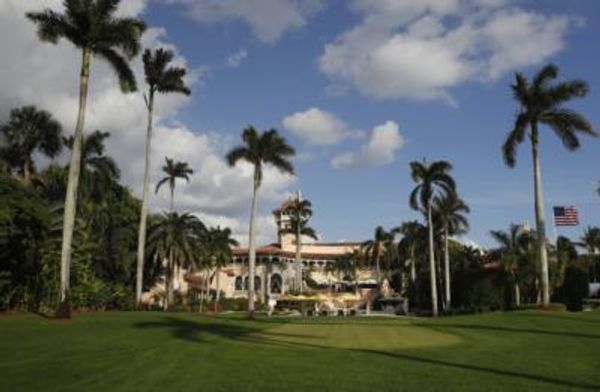
Since acquiring Twitter on Oct. 27 for $44 billion, Elon Musk has launched a major revamp of the microblogging website.
This revamp aims at putting his mark on the platform, now known as Twitter 2.0.
The billionaire, who sees the social network as an accelerator toward development of a super app offering different services, got rid of safeguards limiting the spread of misinformation, racism and antisemitism as well as hateful content.
This laissez-faire approach is part of Musk's defense of free speech. In doing so, he has transformed Twitter into a bastion for conservatives, who come together to denounce what Musk has described as the woke mind virus. This expression is a catch-all for progressive values. Twitter has thus become the battleground for the conservative culture war.
Big Changes
The main economic consequence of this transformation is that many advertisers have paused promoting their products and services on the platform. To reduce Twitter's reliance on ad revenue, Musk has made big changes to Blue, Twitter's subscription service.
He has integrated the blue badge for verifying the identity of the person or entity behind an account. In doing so, he raised the price of Blue, which now costs $7.99 per month for users subscribing via a computer or laptop using a browser.
The price is $11 for Apple users who buy their subscriptions directly from the app downloaded on their iPhones. This price difference stems from Musk wanting to avoid the 30% fee imposed by Apple for all in-app purchases.
The price for businesses and organizations is $1,000 per month.
Prior to Musk's arrival, the blue badge was free and was awarded to influential politicians, businesses, journalists and personalities.
When he decided to charge for this badge, the billionaire had indicated that he would grant a grace period to the legacy blue badges, but he's warned that they should expect to lose it if they did not subscribe.
That's now done. The grace period has ended. Twitter 2.0 has just announced that from April 1 all legacy checkmarks will disappear.
Legacy Verified Program Winds Down
"On April 1st, we will begin winding down our legacy verified program and removing legacy verified checkmarks," the company said on March 23.
It then provided the links with which those who will lose these checkmarks can subscribe. Noteworthy is that Musk's Twitter has implemented three forms of checkmarks. Individuals keep the blue badge, while companies and organizations now have a golden checkmark. Politicians and institutions have a gray checkmark.
"Any individual person’s Twitter account affiliated with a verified organization is automatically verified," Musk said, following Twitter's announcement.
The advantage of checkmarks is that it signals to platform users that the information posted by the account comes from the individual or organization claiming to be behind the account. The checkmark guarantees the reliability of an account's tweets.
So it's no surprise that the end of legacy blue badges divided Twitter users.
"How is any small business supposed to afford $1,000 a month?" a Twitter user asked the techno king, Musk's nickname at Tesla.
"We cannot pay $1K per month for a blue check mark," says a nonprofit that helps veterans. "We are volunteers. We do not take a paycheck. We operate on 2% and the rest goes directly to homeless and/or at risk for homeless veterans."
"It’s been a good run on the ole twitter. Not paying 7 dollars a month just so people can see my opinion before others," commented one user.
"I don’t think you understand the whole point of verification buckaroo," blasted out another Twitter user.
Musk didn't respond to the comments but said that Twitter Verified is now available wherever Twitter has a presence globally. This seems like a way for him to say that there will be no exceptions for those who do not want to pay for the checkmark.
"Twitter Verified now available worldwide!" the tech mogul said.







